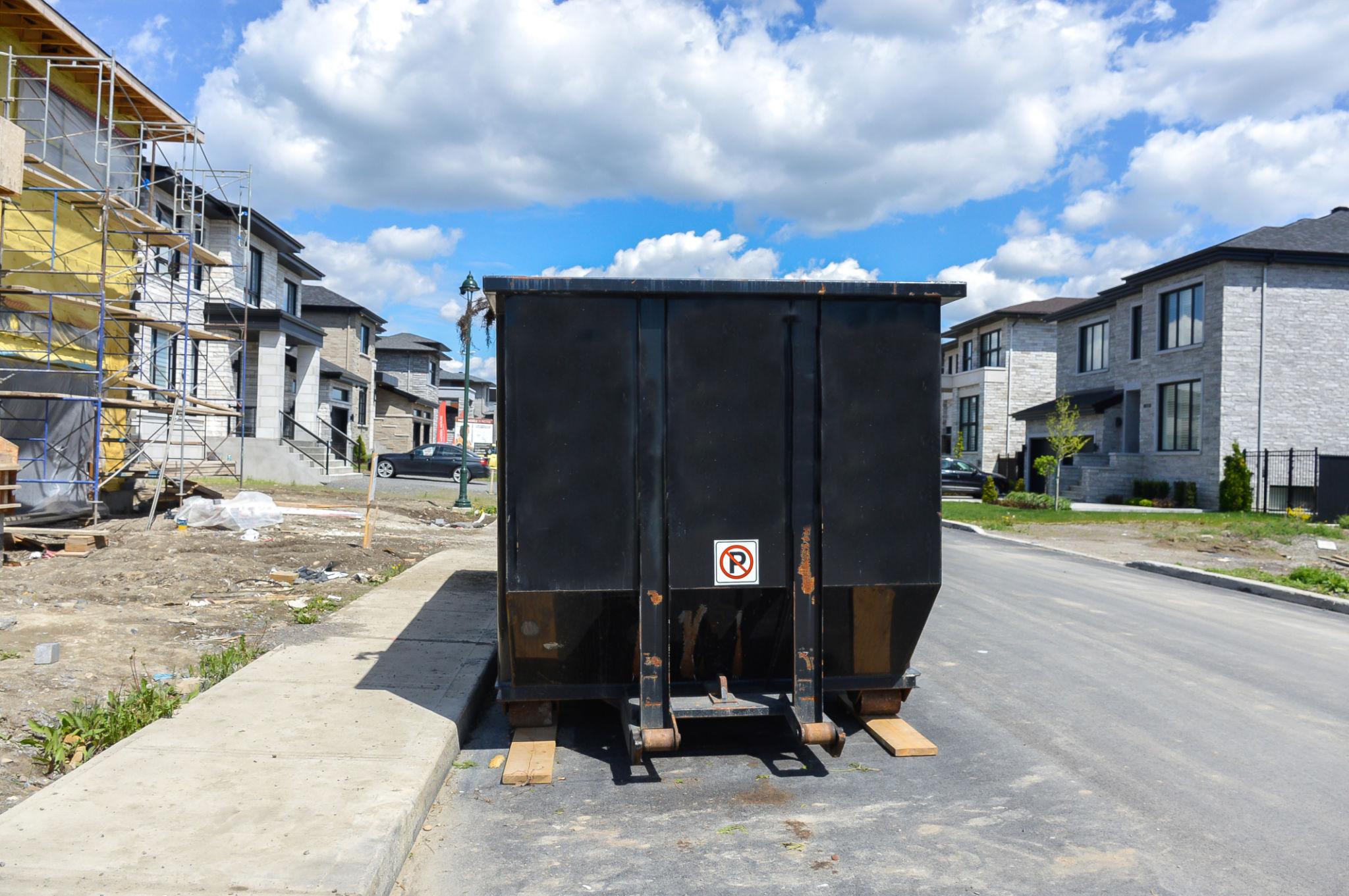Junk Removal Tips for Renovation Projects
Planning Your Junk Removal
Renovating your home can be an exciting venture, but it also generates a significant amount of debris and waste. Proper planning for junk removal is crucial to keep your project organized and efficient. Begin by estimating the volume of waste you'll produce. This can help you determine whether you'll need to rent a dumpster or if regular garbage collection will suffice.

Consider the types of materials you will be disposing of. Some renovation projects involve hazardous materials like asbestos, lead, or chemicals that require special handling and disposal. Research local regulations and ensure you comply with any guidelines to avoid fines or health risks.
Sorting and Categorizing Waste
A key step in managing waste during renovation is sorting and categorizing. Separate materials into categories such as recyclables, reusable items, hazardous materials, and general waste. This not only helps in efficient disposal but also maximizes recycling opportunities.
Recyclable materials may include metals, plastics, and certain types of wood. Reusable items could be fixtures, cabinets, or appliances that are still in good condition. Consider donating these to local charities or selling them online to reduce waste and provide value to others.
Choosing the Right Disposal Method
Once your waste is sorted, choose the appropriate disposal method for each category. For large volumes of debris, renting a dumpster might be the best option. This allows you to dispose of waste conveniently without frequent trips to the landfill.

If you're dealing with smaller quantities, local waste management services may offer bulk pickup options. Alternatively, you can hire a professional junk removal service, which often provides the added benefit of sorting and recycling for you.
Safety Precautions During Junk Removal
Safety should be a top priority when handling renovation waste. Wear protective gear such as gloves, masks, and goggles to protect against dust and debris. Be cautious when lifting heavy objects to avoid injury, and use proper lifting techniques or equipment if necessary.
Ensure that pathways are clear of obstacles to prevent accidents. If you're working with hazardous materials, make sure to follow all safety guidelines and use appropriate containment measures.
Sustainable Practices in Junk Removal
Incorporating sustainable practices into your junk removal process can benefit both the environment and your community. Aim to recycle as much as possible and reduce the amount of waste sent to landfills. Many local recycling centers accept construction materials such as bricks, concrete, and metals.

Additionally, consider upcycling some of your renovation waste into new projects. With creativity, old wood or metal can be transformed into furniture or decorative pieces, giving them a new life instead of ending up in a landfill.
Conclusion
Effective junk removal is an essential part of any renovation project. By planning ahead, sorting waste, choosing the right disposal methods, prioritizing safety, and adopting sustainable practices, you can ensure a smooth and environmentally responsible renovation process. Taking these steps will not only make your project more manageable but also contribute positively to your community and the environment.